Vanilla Cake Recipe: Simple Steps, Delicious Results
Have you ever wondered why vanilla cake remains the most requested dessert at celebrations worldwide, despite countless flavor innovations in modern baking? This timeless classic continues to captivate taste buds because it strikes the perfect balance between simplicity and sophistication. A well-executed vanilla cake recipe serves as the foundation for countless variations while delivering that comforting, nostalgic flavor we all crave. The secret lies not just in quality ingredients, but in understanding the science behind creating that tender, moist crumb that makes every bite memorable. This baked dessert recipe will guide you through creating a masterpiece that’s both beginner-friendly and impressive enough for special occasions.
Table of Contents
Ingredients List
For this vanilla cake recipe you’ll need these carefully selected ingredients that work together to create the perfect texture and flavor profile. Each component plays a crucial role in achieving that light, fluffy consistency we’re after:
- 2½ cups (315g) all-purpose flour
- 2½ teaspoons baking powder
- ½ teaspoon salt
- 1¾ cups (350g) granulated sugar
- ½ cup (113g) unsalted butter, softened to room temperature
- 3 large eggs at room temperature
- 2 teaspoons pure vanilla extract
- 1¼ cups (295ml) whole milk at room temperature
- ⅓ cup (75ml) vegetable oil
The beauty of this vanilla cake recipe lies in its flexibility – you can easily adapt these ingredients based on dietary preferences or what’s available in your pantry.
Timing
This vanilla cake recipe requires careful attention to timing for optimal results:
- Preparation time: 20 minutes for mixing and preparing pans
- Baking time: 25-30 minutes depending on your oven and pan size
- Cooling time: 45 minutes before removing from pans, plus 2 hours for complete cooling
- Total active time: 3 hours and 15 minutes from start to finish
- Frosting time: Additional 15 minutes if adding buttercream or glaze
Step-by-Step Instructions
Step 1: Prepare Your Kitchen Setup
Preheat your oven to 350°F (175°C) and position the rack in the center. Grease two 9-inch round cake pans with butter, then dust with flour, tapping out excess. This double-protection method ensures your cakes release perfectly every time. Line the bottom with parchment paper for extra insurance – trust me, this small step saves countless heartaches.
Step 2: Combine Dry Ingredients
In a medium bowl, whisk together flour, baking powder, and salt until no lumps remain. This aeration step is crucial for achieving that light, tender crumb we’re aiming for. Set this mixture aside while you work on the wet ingredients – this method prevents overmixing later.
Step 3: Cream Butter and Sugar
Using an electric mixer, cream the softened butter and sugar on medium-high speed for 4-5 minutes until the mixture becomes pale yellow and noticeably fluffy. This extended creaming time incorporates air bubbles that create the cake’s structure. The mixture should nearly double in volume and feel light when scraped with a spoon.
Step 4: Add Eggs Gradually
Add eggs one at a time, beating well after each addition until fully incorporated. This gradual process prevents the batter from curdling and ensures smooth emulsification. Follow with the vanilla extract, mixing just until combined. The batter should look smooth and glossy at this point.
Step 5: Alternate Wet and Dry Ingredients
Beginning and ending with the flour mixture, alternate adding the dry ingredients and milk in three additions. Mix on low speed just until each addition disappears – overmixing develops gluten, resulting in tough cake. Fold in the vegetable oil with a spatula until just combined.
Step 6: Bake to Perfection
Divide the batter evenly between prepared pans and smooth the tops gently. Bake for 25-30 minutes, or until a toothpick inserted in the center comes out with just a few moist crumbs attached. The cakes should spring back lightly when touched and start pulling slightly from the pan edges.
Step 7: Cool Properly
Cool in pans for 10 minutes before turning out onto wire racks. This brief cooling prevents the cakes from breaking while still warm enough to release easily. Allow to cool completely before frosting – warm cake will melt any frosting you apply.
Nutritional Information
For a serving of this vanilla cake recipe (assuming 12 servings per recipe):
- Calories: 285 per slice
- Total fat: 8.5 grams
- Saturated fat: 4.2 grams
- Cholesterol: 65 milligrams
- Sodium: 220 milligrams
- Total carbohydrates: 48 grams
- Dietary fiber: 1.2 grams
- Sugars: 32 grams
- Protein: 5.8 grams
- Vitamin A: 6% daily value
- Calcium: 12% daily value
- Iron: 8% daily value
Healthier Alternatives for the Vanilla Cake Recipe
Transform your vanilla cake recipe into a healthier version with these modifications that maintain the delicious taste while boosting nutritional value:
- Whole wheat flour substitution: Replace half the all-purpose flour with whole wheat pastry flour for added fiber and nutrients
- Greek yogurt replacement: Substitute half the oil with plain Greek yogurt to reduce calories while adding protein
- Natural sweetener options: Use coconut sugar or maple syrup in place of granulated sugar, reducing the amount by ¼ cup
- Applesauce addition: Replace one egg with ¼ cup unsweetened applesauce to lower cholesterol
- Almond milk swap: Use unsweetened almond milk instead of whole milk to reduce calories and accommodate dairy-free diets
- Coconut oil alternative: Replace butter with coconut oil for heart-healthy medium-chain fatty acids
- Protein powder boost: Add 2 tablespoons of vanilla protein powder to increase protein content without affecting taste
Serving Suggestions
Elevate your vanilla cake recipe experience with these ideas that transform a simple cake into an extraordinary dessert:
- Layer with fresh berries and whipped cream for a classic shortcake presentation
- Drizzle with warm chocolate ganache and sprinkle toasted nuts for elegant sophistication
- Serve alongside vanilla bean ice cream and fresh fruit compote for temperature contrast
- Create trifle layers with custard and seasonal fruit in glass bowls for impressive presentation
- Top with cream cheese frosting and lemon zest for bright, tangy flavors
- Pair with coffee or tea service, offering small slices with afternoon refreshments
- Transform into cupcakes for individual portions perfect for parties and gatherings
- Dust with powdered sugar and serve with fresh mint for simple elegance
Common Mistakes to Avoid
Master this vanilla cake recipe by avoiding these pitfalls that can turn your baking triumph into disappointment:
- Overmixing the batter: Stop mixing as soon as ingredients are just combined to prevent tough, dense texture
- Using cold ingredients: Room temperature ingredients blend more easily and create better emulsification
- Opening the oven door early: Resist checking before 20 minutes to prevent collapsed cakes from temperature fluctuations
- Incorrect measuring: Use proper measuring cups for dry and liquid ingredients, and level flour for accuracy
- Skipping the creaming step: Proper butter and sugar creaming creates the cake’s light, airy structure
- Overbaking: Remove from oven when toothpick has moist crumbs, not completely clean
- Improper pan preparation: Thoroughly grease and flour pans to ensure easy release
- Frosting warm cake: Always cool completely to prevent melting and sliding frosting
Storing Tips for the Vanilla Cake Recipe
Preserve the freshness of your vanilla cake recipe with these strategies that maintain optimal taste and texture:
- Room temperature storage: Cover unfrosted cake with plastic wrap and store up to 3 days at room temperature
- Refrigerator method: Frosted cake keeps fresh for up to 1 week when covered and refrigerated
- Freezer preservation: Wrap individual layers in plastic wrap, then aluminum foil, and freeze up to 3 months
- Proper thawing technique: Move frozen cake to refrigerator 24 hours before serving for best texture
- Airtight containers: Use cake carriers or large containers to prevent air exposure and maintain moisture
- Plastic wrap method: Press plastic wrap directly onto cut surfaces to prevent drying out
- Single layer storage: Store cake layers separately with parchment between them to prevent sticking
- Frosting considerations: Store buttercream-frosted cakes in refrigerator, cream cheese frosting requires refrigeration always
Conclusion
This vanilla cake recipe combines time-tested techniques with modern understanding of baking science to deliver consistently delicious results. The key lies in proper ingredient preparation, careful timing, and avoiding common pitfalls that can derail your baking success. Whether you’re celebrating a special occasion or simply satisfying a sweet craving, this versatile cake serves as the perfect foundation for countless creative variations.
Ready to create your own masterpiece? Try this vanilla cake recipe and share your results in the comments below. We’d love to hear about your experience and any creative variations you discovered along the way. Don’t forget to rate this recipe and let other bakers know how it turned out for you.
Next on your menu? This easy and delicious Coconut Cake !
FAQs
Can I make this vanilla cake recipe without eggs? Yes, substitute each egg with ¼ cup applesauce, mashed banana, or commercial egg replacer, though texture will be slightly denser.
Why did my vanilla cake recipe cake turn out dense instead of fluffy? Dense cake usually results from overmixing the batter, using cold ingredients, or expired baking powder that’s lost its leavening power.
Can I use this recipe to make cupcakes instead? Absolutely! Fill cupcake liners ⅔ full and bake at 350°F for 18-22 minutes, checking with a toothpick for doneness.
How do I know when my vanilla cake recipe is perfectly baked? The cake should spring back lightly when touched, pull slightly from pan edges, and a toothpick should come out with just a few moist crumbs.
What’s the secret to getting smooth, lump-free batter? Ensure all ingredients are at room temperature, cream butter and sugar thoroughly, and add ingredients gradually while mixing on low speed.
Your Feedback Matters
There are no reviews yet. Be the first one to write one.

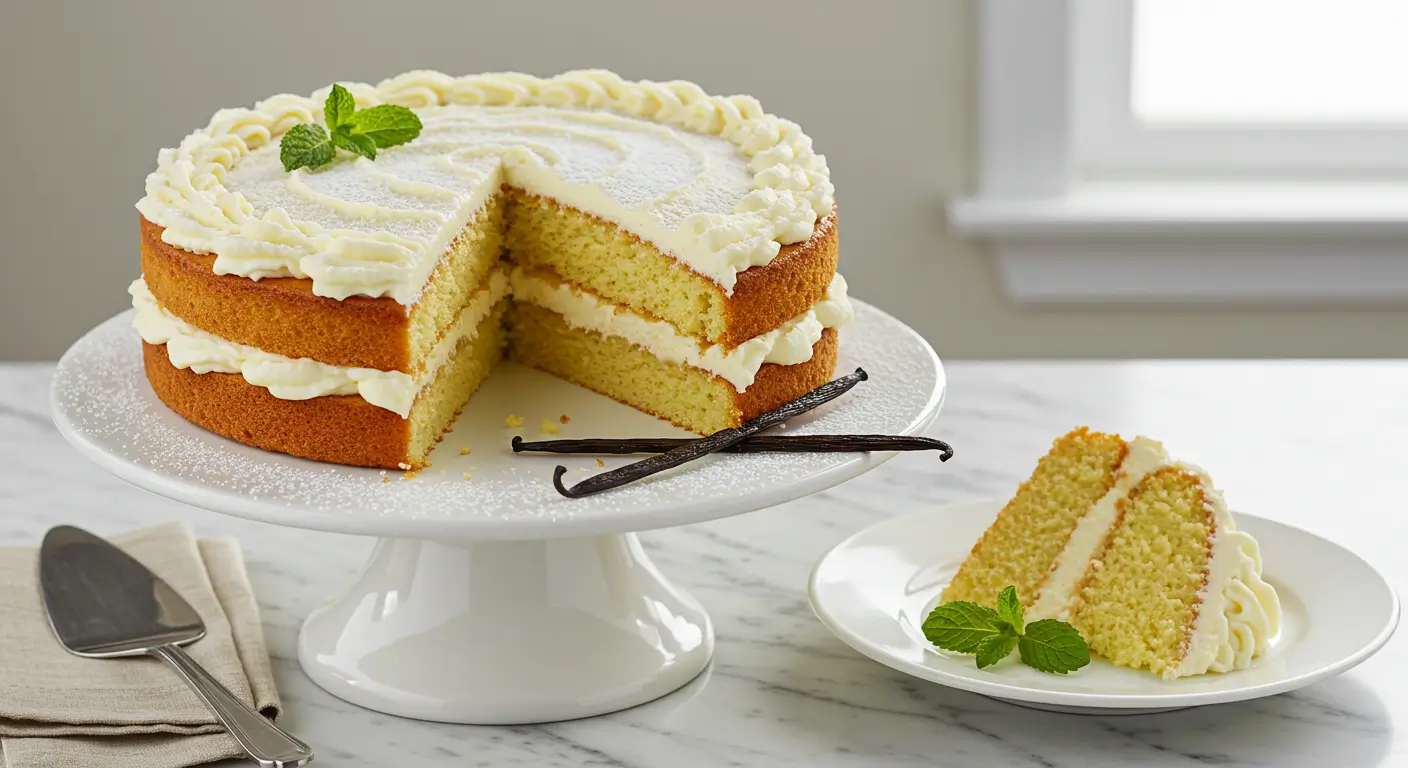
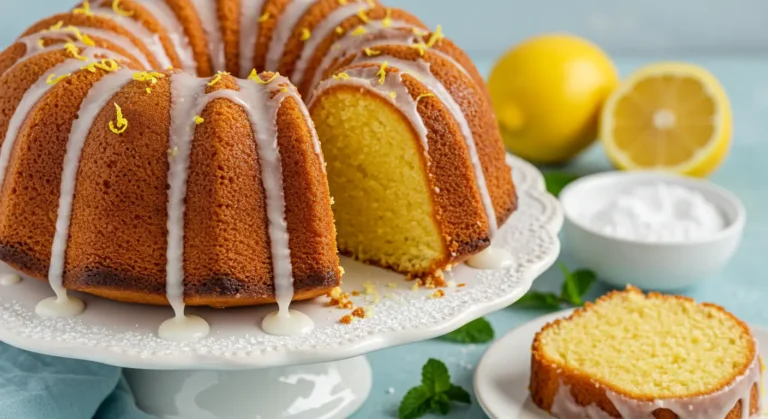
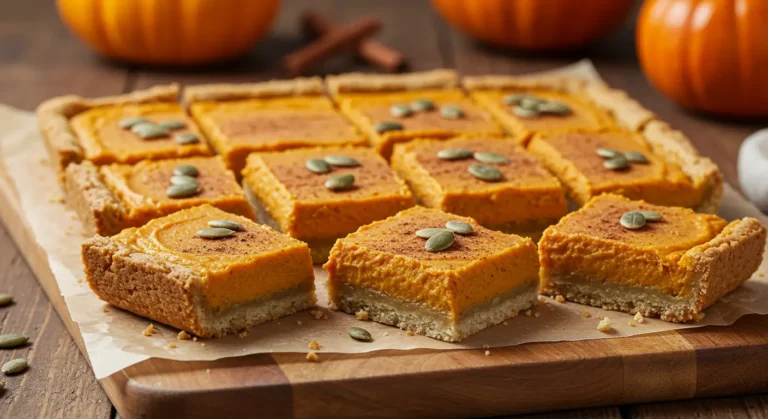
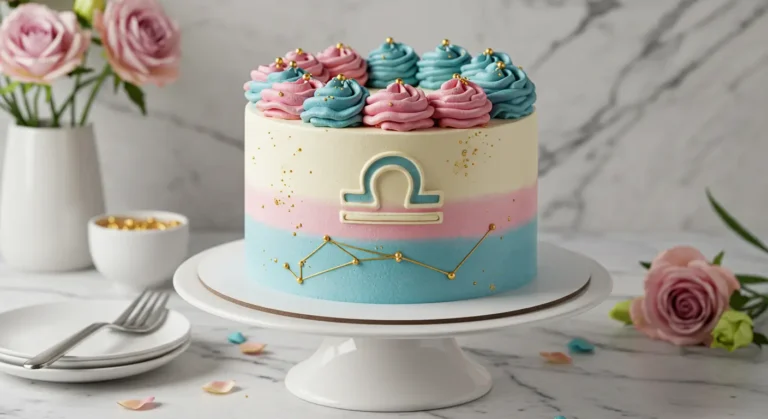
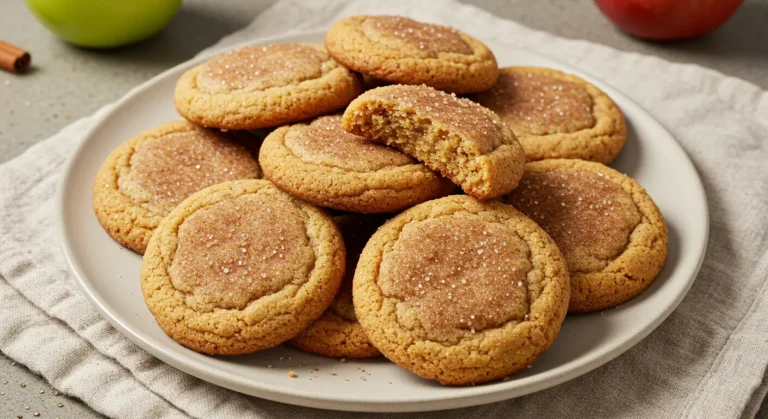
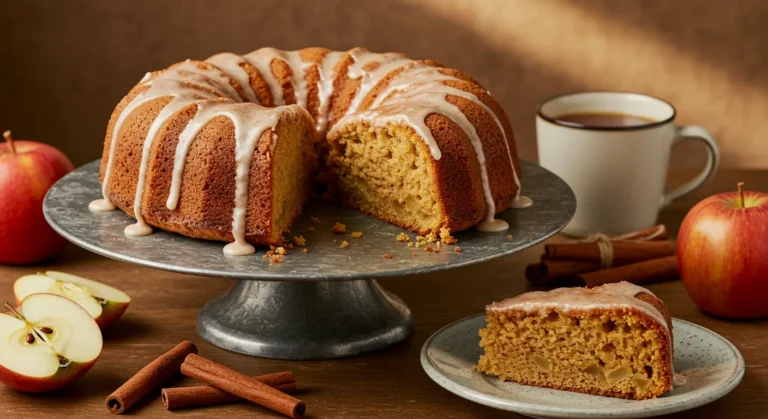
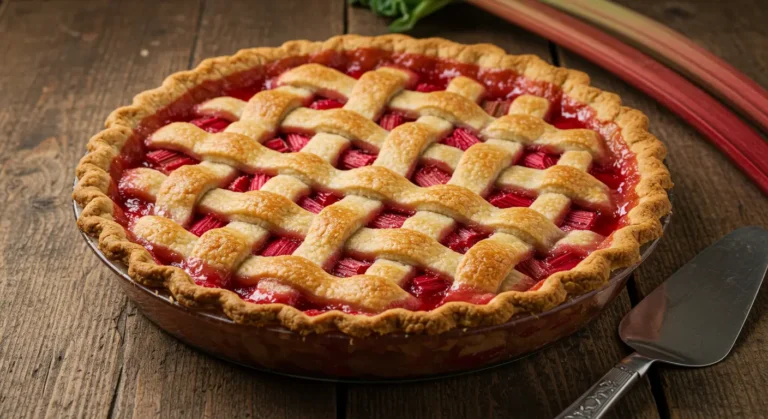
One Comment
Comments are closed.